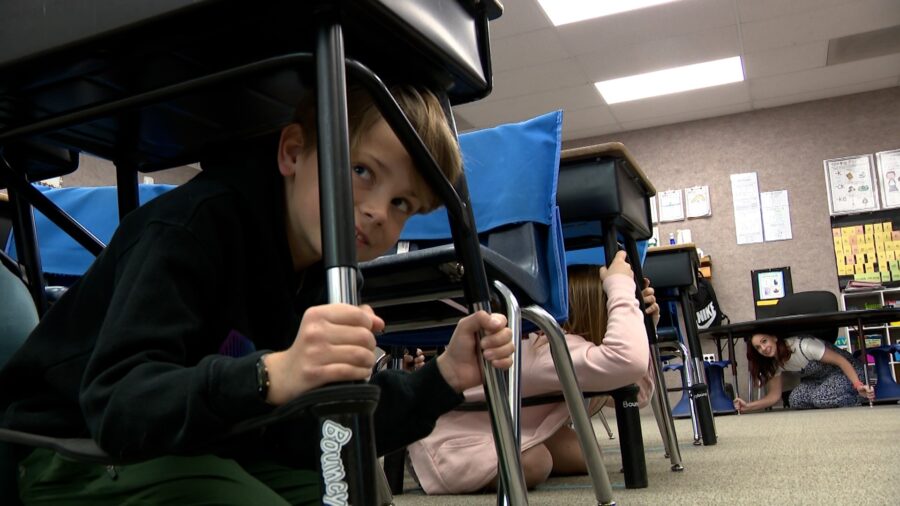Preparedness Is Key To Earthquake Safety
Mar 18, 2019, 10:25 AM | Updated: Mar 18, 2020, 10:36 am

Multiple buildings along the Wasatch Front sustained damage after an earthquake near Magna.
SALT LAKE CITY, Utah – After a 5.7-magnitude quake struck near Magna, earthquakes are on many Utahns minds.
While earthquakes can’t be predicted, people can be prepared for them, according to a government website, encouraging Utah to “Be Ready.”
“Geologic evidence indicates that earthquakes larger than any experienced locally in historical time are likely in the future,” reads a post from utah.gov.
Utah is a seismically active region with most of the population “concentrated in the areas of greatest hazard,” the site reads.
So what can residents do to prepare? In addition to securing furniture, getting insurance, and making a plan, there are seven steps listed in a Handbook for Earthquakes in Utah. The seven steps include tips before, during, and after a quake.
Before an earthquake people are encouraged to do the first four steps:
STEP 1:
Identify potential hazards in your home and begin to fix them.
STEP 2:
Create a disaster preparedness plan.
Included in this plan is identifying safe spots in your home or workplace.
- Keeping shoes and flashlights next to each bed
- Knowing the location of utility shutoffs
- Locating a safe place outside of the home to meet with family members
- Creating a list of emergency contact numbers
- Keep copies of insurance policies, financial records, and other essential documents in a secure location, such as with your household disaster kit.
STEP 3:
Prepare disaster supply kits.
- Medications, a list of prescriptions, copies of medical insurance cards, doctors’ names and contact information.
- First Aid Kit
- Bottled water
- Spare eyeglasses, personal hygiene supplies, and sturdy shoes
- Whistle
- Emergency cash
- List of emergency contact numbers
- Snack foods in high calories
- Emergency lighting
- Comfort items
STEP 4:
Identify your buildings’ potential weaknesses and begin to fix them.
During an earthquake is one important step –
STEP 5:
Protect yourself during earthquake shaking.
“DROP, COVER, AND HOLD ON,” the site recommends. “If you are not near a desk or table, drop to the floor against an interior wall and protect your head and neck with your arms.”
After the earthquake there are two more steps.
STEP 6:
After the earthquake check for injuries and damage.
STEP 7:
When safe, continue to follow your disaster preparedness plan.












